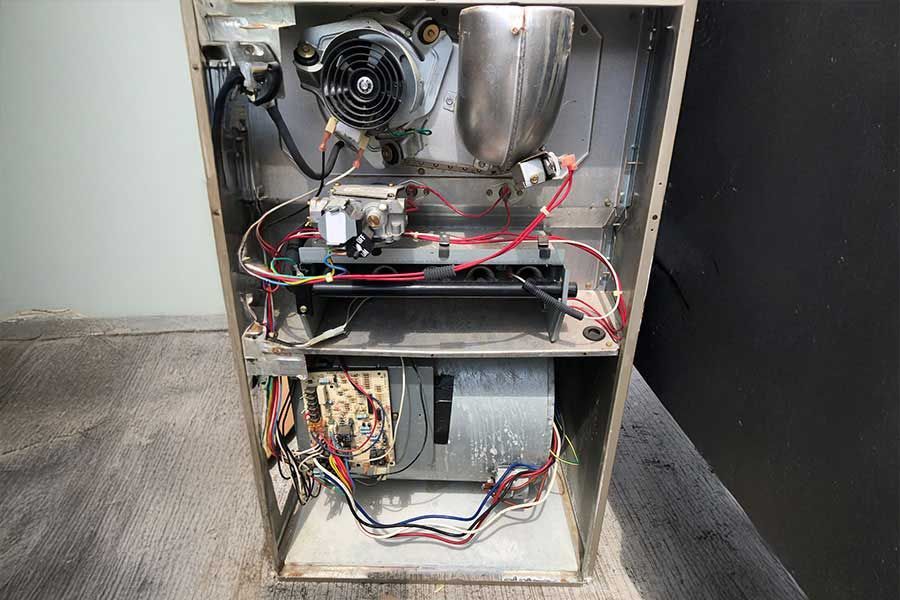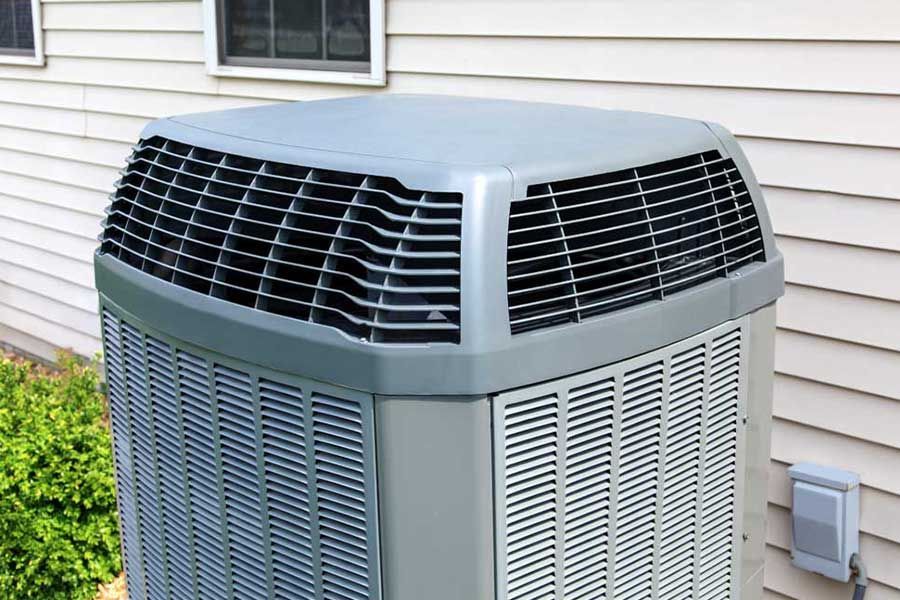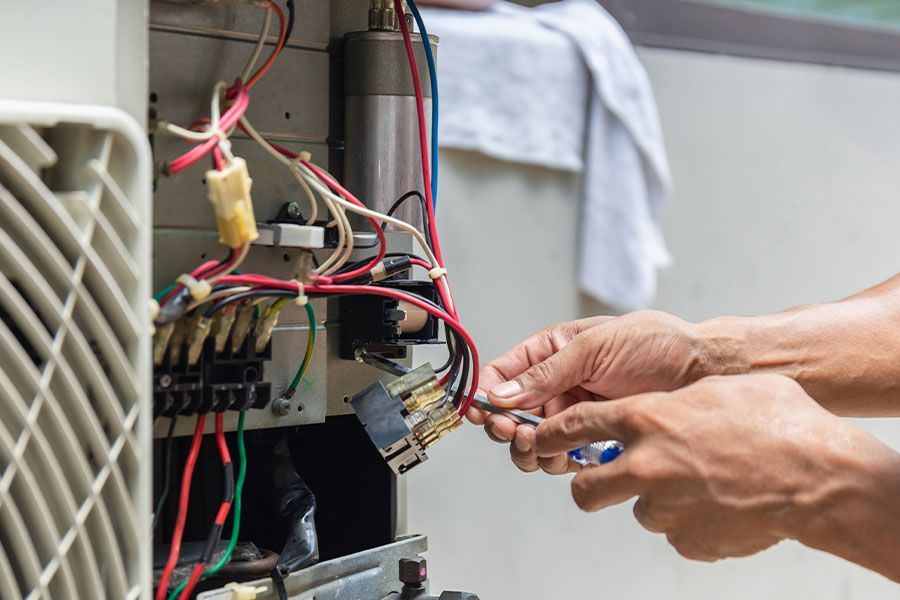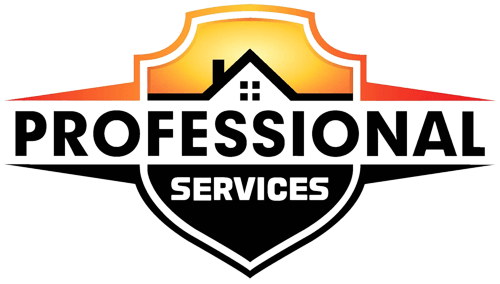December 10, 2025
When your furnace starts to show its age, it might not be as cozy as it used to be. You might notice some odd signs that suggest it's time for a check-up. Ignoring these clues could lead to bigger problems down the line. Curious about what to watch for? Let's explore the top seven warning signs that indicate your furnace needs urgent repair in Port Washington, WI. Unusual Noises Coming From the Furnace If you hear unusual noises coming from your furnace, it's crucial to pay attention, as these sounds often signal that something's not right. Rattling, banging, or squealing noises can indicate various issues, from loose components to a malfunctioning blower motor. Ignoring these sounds could lead to more significant problems down the line. When you hear a clanking sound, it might mean that something's loose inside. A high-pitched squeal could suggest that the motor bearings are wearing out and need lubrication or replacement. Additionally, if you hear hissing, it could mean there's a gas leak, which requires immediate attention for safety reasons. Regular maintenance is essential to avoid these common problems and keep your furnace in optimal condition. Don't wait for the situation to worsen. Reach out to Professional Services for a thorough inspection and expert repair. Their certified professionals can diagnose the issues quickly, ensuring that your furnace operates safely and efficiently, keeping your home warm and comfortable. Inconsistent Heating Throughout Your Home When you notice inconsistent heating throughout your home, it can be frustrating and uncomfortable, especially during the colder months. You might find certain rooms warm while others remain chilly, which can disrupt your daily activities. This uneven heating often signals an underlying issue with your furnace or ductwork. Clogged air filters, blocked vents, or even an improperly sized furnace can lead to these temperature discrepancies. If you're frequently adjusting thermostats in different rooms without achieving a comfortable balance, it's time to take action. Ignoring this problem can lead to further complications, potentially leaving you with a furnace that won't heat efficiently. Regular annual furnace maintenance is crucial to ensure your heating system operates effectively. To guarantee your home stays cozy, consider reaching out to a professional HVAC technician. They'll diagnose the issue and get your heating system running smoothly again, restoring comfort throughout your living space. Don't wait—addressing inconsistent heating promptly can save you time and trouble later. Increased Energy Bills If you've noticed a spike in your energy bills, it might be a sign that your furnace isn't operating efficiently. Hidden mechanical issues can cause your system to work harder, using more energy than necessary. Keeping an eye on those rising costs can help you catch problems early and save money in the long run. Additionally, energy-efficient heating solutions can significantly reduce your energy consumption and costs over time. Inefficient Energy Use As winter sets in and you crank up the heat, you might notice your energy bills climbing higher than usual, signaling inefficiency in your furnace. This spike could indicate that your system is working harder than necessary to maintain a comfortable temperature. If your furnace isn't heating your home effectively, it might be time to evaluate its energy use. An inefficient furnace not only drives up your bills but also raises your carbon footprint. Look for signs like uneven heating, strange noises, or frequent cycling on and off. Catching these issues early can save you money and guarantee your home stays cozy all season. Don't wait—prioritize your furnace's efficiency to keep your energy costs in check. Hidden Mechanical Issues Increased energy bills can often signal hidden mechanical issues within your furnace. When your system struggles with internal problems, it works harder, consuming more energy than necessary. You might notice strange noises or uneven heating, which could indicate worn-out parts or faulty components. If you're experiencing these symptoms alongside rising costs, it's time to investigate further. Ignoring these signs can lead to more extensive damage and costly repairs down the line. Regular maintenance can help catch these issues early, but if you're already facing high bills, don't wait. Call a professional to diagnose and resolve any hidden problems. Investing in urgent repairs now can save you money and guarantee your home remains comfortable all season long. Yellow or Flickering Pilot Light If you notice a yellow or flickering pilot light in your furnace, it's time to pay attention. A normal pilot light should burn blue, so any change can indicate underlying issues that pose safety risks. Professional Services provides quality maintenance and urgent repairs for heating systems, ensuring your home remains safe and comfortable. Let's explore what causes this flickering and how it affects your heating system. Normal Pilot Light Color When you notice a yellow or flickering pilot light in your furnace, it's a clear signal that something's amiss. Typically, a healthy pilot light should burn a steady blue color, indicating that your furnace is functioning smoothly. A consistent blue flame means efficient gas combustion and peak performance. If you see yellow or flickering flames instead, it could suggest incomplete combustion or other issues that may affect your furnace's efficiency and safety. Ignoring these changes can lead to more significant problems down the line. Make sure to monitor your furnace's pilot light regularly; if it doesn't stay blue, it's time to call in a professional to diagnose and resolve the issue promptly. Causes of Flickering A flickering or yellow pilot light can indicate several underlying issues with your furnace. One common cause is a dirty or clogged pilot orifice, which restricts gas flow and affects combustion. Additionally, problems with the thermocouple can lead to inconsistent readings, causing the pilot light to flicker. If your furnace's gas supply is interrupted or if there's an issue with the gas line, you might see a flickering light as well. Another potential culprit is a draft that blows out the pilot flame or causes instability in its burn. Finally, a malfunctioning gas valve can lead to irregular gas pressure, resulting in a flickering light. Addressing these issues promptly can help restore your furnace's performance. Safety Risks Involved Noticing a yellow or flickering pilot light in your furnace can signal more than just a minor inconvenience; it poses serious safety risks that shouldn't be ignored. This issue often indicates incomplete combustion, which can lead to dangerous carbon monoxide leaks in your home. If you see this warning sign, it's vital to act quickly. Carbon Monoxide Poisoning : A flickering light may mean your furnace is producing harmful gases. Fire Hazard : An unstable pilot light can increase the risk of a fire starting in your home. Inefficient Heating : A malfunctioning pilot light can lead to inconsistent heating, making your home uncomfortable. Don't take chances—contact a professional to assess your furnace immediately. Frequent Cycling On and Off If your furnace seems to be cycling on and off frequently, it's a clear sign that something might be wrong. This behavior, known as short cycling, can lead to increased energy bills and unnecessary wear on your system. You might notice that your home isn't heating evenly or that you're constantly adjusting the thermostat. Several factors could be causing this issue. A dirty air filter could restrict airflow, forcing your furnace to work harder, or a malfunctioning thermostat might misread the temperature. It could also indicate issues with the furnace's limit switch or other internal components. Ignoring frequent cycling can result in more significant problems down the line, so it's best to address it promptly. If you notice this symptom, contact a qualified technician from Professional Services. They can diagnose the issue and guarantee your furnace operates efficiently, providing the comfort you deserve. Unpleasant Odors Emitting From the Furnace Unpleasant odors coming from your furnace can be a troubling sign that something's amiss. It's important to pay attention to these smells, as they can indicate various issues that may require urgent repair. Here are some common odors you might notice: Burning Smell : This could mean dust or debris is burning off the heating elements, but persistent odors may signal a more serious problem. Gas Smell : If you detect a sulfur or rotten egg odor, it could indicate a gas leak. This is a serious issue that requires immediate attention! Moldy or Musty Odor : This usually points to moisture buildup, which can lead to mold growth and affect your indoor air quality. If you notice any of these odors, don't hesitate to reach out to a professional HVAC service. It's better to address the issue sooner rather than later to guarantee your home remains safe and comfortable. Presence of Carbon Monoxide Detectors Alerting When your carbon monoxide detector alerts, it's a serious sign that demands immediate attention. Carbon monoxide is a deadly gas, and its presence indicates that your furnace may be malfunctioning. You shouldn't ignore this warning; it could put your health and safety at risk. First, turn off your furnace and evacuate everyone from your home. Make sure to call emergency services if anyone is experiencing symptoms like headaches or dizziness. Once you're safe, contact a professional HVAC technician to inspect your furnace. They'll identify the issue and make necessary repairs to guarantee your system operates safely. Regular maintenance can help prevent carbon monoxide leaks, so consider enrolling in a maintenance plan.
